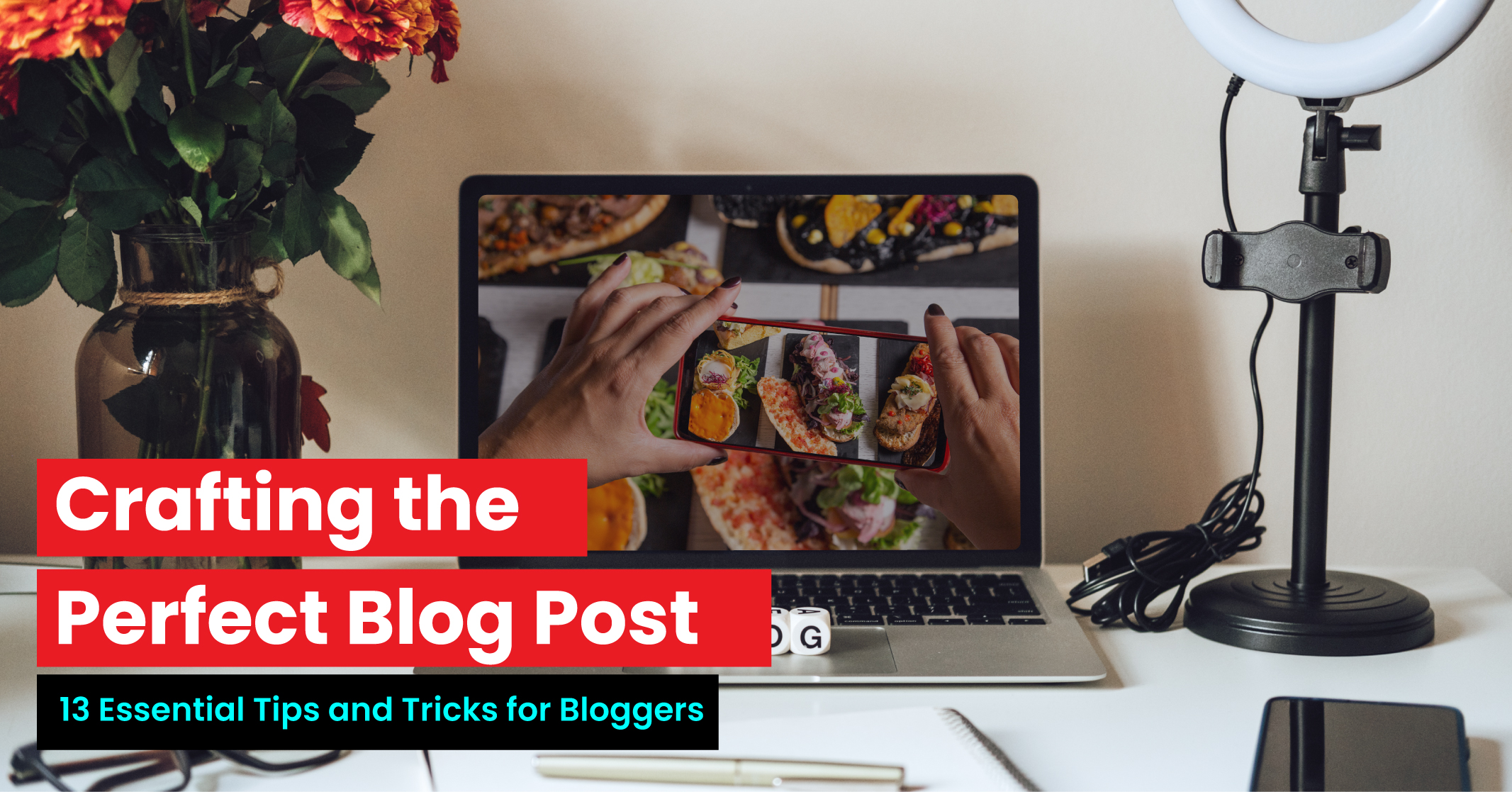I hope you enjoy reading this blog post.
If you want to get more traffic, Contact Us

Click Here - Free 30-Minute Strategy Session
Be quick! FREE spots are almost gone for this Month. Free Quote

Do you have a business to promote? Whether you have launched a new product or brand or you’re a blogger, having your blog page can help you attract more website visitors, promote your product/services and improve your sales and revenue.
With a few blog writing tips, you will be able to regularly share content on a particular topic and demonstrate your knowledge and expertise. Using the tips, you’ll be able to increase your business’s visibility online and generate qualified leads.

Click Here – Free 30-Minute Strategy Session
Be quick! FREE spots are almost gone for this Month
In this blog, we are going to share effective blogging writing tips to help you know what it takes to engage your readers, provide value to your customers and convert website visitors into potential customers.
Why Do You Need Blogging Tips?
While writing a great blog post isn’t necessarily difficult, it does require time, effort and consistency to consistently produce high-quality content. Unfortunately, many bloggers struggle because they don’t have a clear process to follow. They simply write what they want, hit publish and hope for the best.
But if you want to write successful blog posts, you need a proven, step-by-step system to guide you through the process and ensure your posts resonate with your audience. Here is a list of 13 simple blog writing tips that will take the guesswork out of writing killer blog posts.
Learn More: Proven Strategies to Increase Your Blog’s Traffic
Once you have a clear understanding of your audience and blog post goals, it’s time to start researching and brainstorming for blog post ideas. You can start by using tools like Google Trends to identify trending topics in your niche. You can also check out your competitors’ blogs to see what topics they’re covering and how you can differentiate yourself.
What To Do?
Brainstorm blog post ideas using techniques like mind mapping and freewriting. Analyse competitors who cover similar topics and have similar businesses. Don’t forget to have a look at the blog writing examples online.
Conducting keyword research is a crucial step in writing a blog post. To do this, you can use keyword tools such as SEMrush, my personal favourite. Identify primary and secondary keywords that are relevant to your blog post and incorporate them into your content for better search engine optimization (SEO).
What To Do?
Do effective keyword research to ensure that your blog post ranks well in search engines and reaches your intended audience.

For writing blog posts, choosing the right set of keywords is important.
It is advisable to find alternative keywords that are like your ideal targets but have a lower competition to drive more traffic to your blog. Use long-tail keywords, which are more specific than shorter keywords.
Another important point to keep in mind is knowing your audience. Create content that resonates with them. Create buyer personas by assessing their demographics, interests, pain points and goals.
What To Do?
Conduct competitor research by analysing your competitors’ content. Gain valuable insights, take notes and select a few of your competitors’ articles to reference when crafting your content.
To start writing your blog post, summarise your findings in a content brief that outlines the main argument or topic you want to cover. This will give you a clear direction for the post. Ensure that your outline covers all the key points that you want to address.
What To Do?
Craft titles and meta descriptions; these elements are displayed on search engine result pages and can have a significant impact on your ranking and click-through rates. You can also create a blog post checklist to ensure you’ve included all the key points.
Your headline and introduction are the most important parts of your blog post. They determine whether your readers will click and read your blog post or not. Crafting an attention-grabbing headline is a crucial aspect of writing a successful blog post. A great title serves as the hook that draws readers in and communicates the main topic of your post.
What To Do?
Use powerful words that evoke emotions and grab attention. With storytelling, you can connect with your readers on an emotional level.
Meta descriptions are the short descriptions that appear below your headline on search engine result pages. Use meta descriptions to entice readers to click and read your blog post. Writing the actual blog post can be a multi-faceted process that involves various components, such as subheadings.
What To Do?
Use your knowledge, humour and other techniques to inform and persuade your readers. To make the most impact, it’s important to know how to write effectively.
Having a blog post template can help you save time and ensure that your blog post is well-structured and easy to read. Your blog post template should include the following elements:
Learn More: Technical SEO Tips for Boosting Your Blog’s Performance

Incorporating appropriate images in your blog post is a great way to enhance its quality. Images can be used to improve the flow of the content, provide visual explanations of complex ideas, add humour and create breathing space for the reader. However, it’s important to ensure that the images add value to the written content, otherwise, they become irrelevant and a waste of the reader’s time.
What To Do?
To find relevant images, consider using apps or websites that provide a wide range of high-quality images that can help improve the overall quality of your blog post.
In addition to images, you can also consider incorporating other elements such as videos, tables, quizzes, surveys and more to enhance your blog post. Just remember that any additional elements you include should add value to your post.
Improving your website’s SEO and keeping your visitors engaged can be achieved by adding links to your blog posts. Start by including internal links to other relevant content on your website, which can increase your website’s dwell time and positively impact your analytics.
What To Do?
Add external links to relevant references and resources to avoid plagiarism, and direct your readers to new resources. Provide backlinks to other bloggers to increase the likelihood of them reciprocating in the future, which can be beneficial for your own website’s SEO.
Learn More: The Significance of Visual Aids in Enhancing Your Content
One of the most important blogging tips is to know how to edit your blog. It’s important that you take the time to edit and refine your work. Ensure that the content flows smoothly from one section to the next. Use an app to check the content for common spelling or grammatical errors.
What To Do?
Read your post aloud to identify any areas that need improvement or sound awkward. Seek feedback from others, as their opinions can be valuable.
Remove unnecessary details and rewrite parts of the content if needed.
After you have gone through the editing process and made any necessary changes, it’s time to publish your blog posts. Remember while it’s important to strive for high-quality content, don’t get caught up in trying to achieve perfection. Your blog post has a better chance of success if you don’t stop after publishing it.
What To Do?
Repost your blog post on social media channels and e-mail lists to reach a wider audience. Each platform has different posting methods, so find what works best for each. Don’t forget to leverage your network.

You can transform your blog post into a variety of content types to expand your reach across different platforms. For example, you can extract a meaningful quote and turn it into an Instagram post or create an infographic to share on Facebook. You can also produce videos that showcase your post’s key points, such as tutorials and explainer videos. Make sure to link back to your original post to drive traffic back to your website.
What To Do?
Maximise your blog post’s impact by connecting your website to Google Search Console (GSC). This tool enables you to improve your website’s search engine visibility by submitting site maps and requesting Google to index and crawl your site.
Additionally, it gives you access to Google Analytics, which helps you measure and improve your website’s overall performance.
Once your content is published, you can use the statistical data from GSC to analyze its performance. This data includes information on the number of clicks, impressions, CTR and SERP positions.
By analysing this data, you can determine which content is performing well and identify opportunities for improvement. You can also use this information to identify relevant keywords to target, allowing you to respond to opportunities and threats quickly.
What To Do?
Enhance your post by producing superior or supplementary content that targets the low-performing keywords/queries. Examine the content of your competitors that is outperforming yours and adjust your post accordingly to make it more like theirs.
Writing engaging and informative content is crucial to keep your readers interested and informed.
Here are some tips:
Learn More: Tips for Crafting an Effective Content Plan
Crafting the perfect blog post can be challenging, but you can avoid these common mistakes:
Crafting the perfect blog post takes time, effort and practice, but it’s worth it. By understanding your audience, defining your blog post goals and objectives and following these tips and tricks, you can create blog posts for your readers and drive more traffic to your business website. Remember to measure your success, learn from your mistakes and keep experimenting with different formats and topics.

LEAVE A REPLY